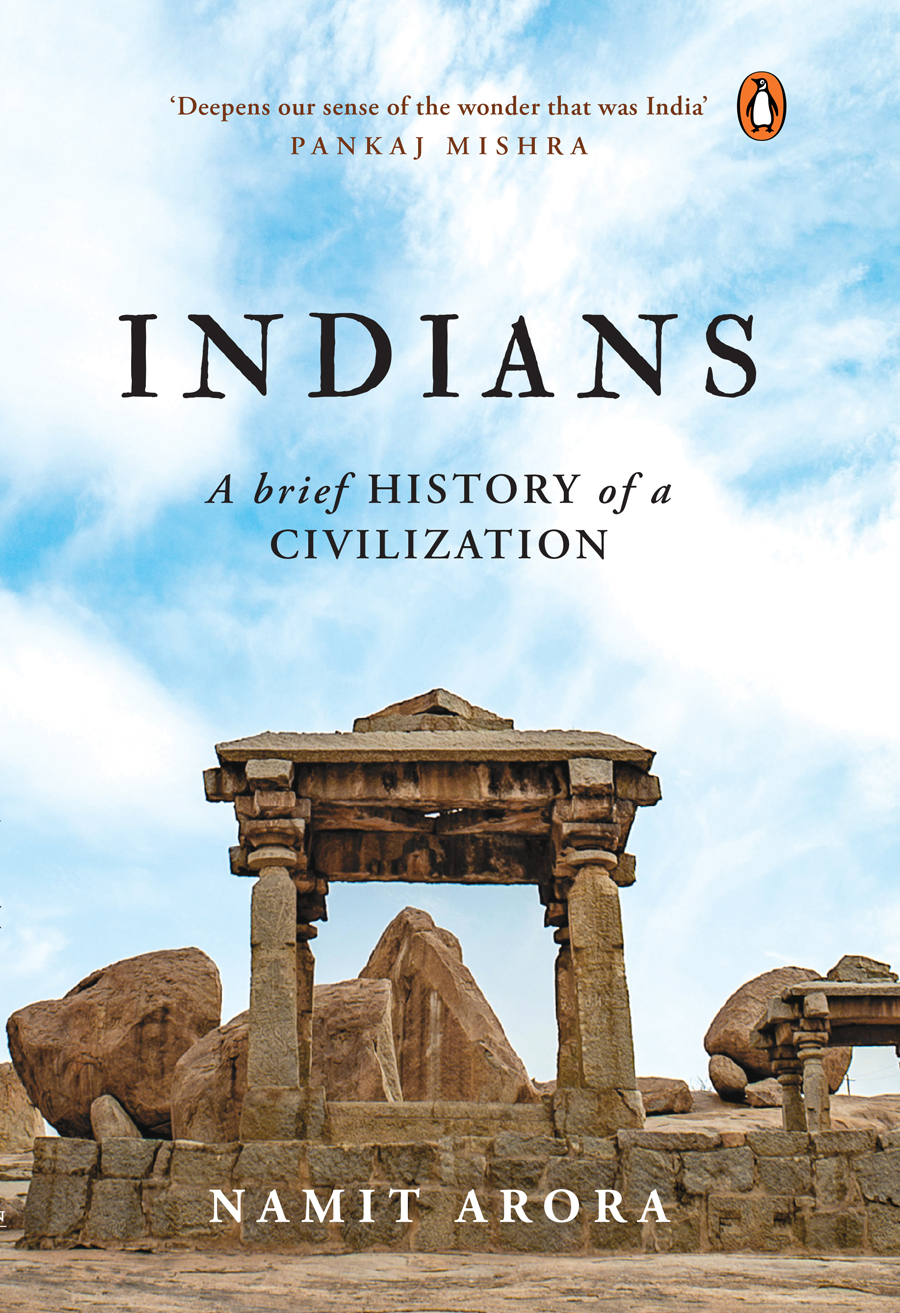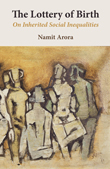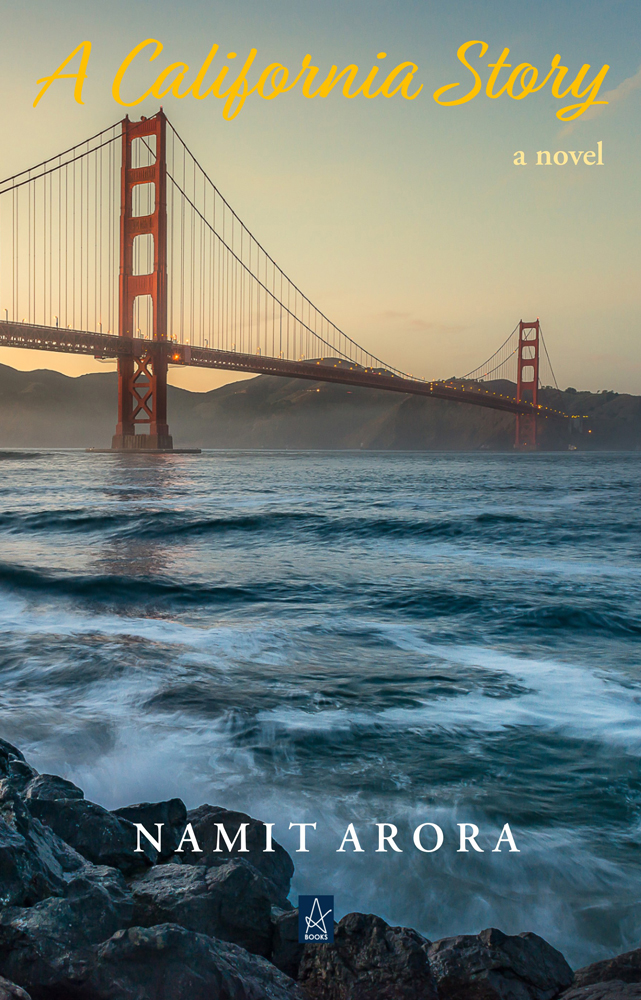| Index of articles from the Blog |
| Animals |
| Anthropology & Archaeology |
| Art & Cinema |
| Biography |
| Books & Authors |
| Culture |
| Economics |
| Environment |
| Fiction & Poetry |
| History |
| Humor |
| Justice |
| Philosophy |
| Photography |
| Politics |
| Religion |
| Science |
| Travel |
Books by
Books by
|
By Usha Alexander | Aug 2020 | Comments
|
(The second in a series of essays, On Climate Truth and Fiction, in which I raise questions about environmental distress, the human experience, and storytelling. It first appeared on 3 Quarks Daily. The first part is here.)
So I was surprised to learn, much later, that we actually do live in an ice age. In historical memory, we’ve been enjoying a warmish, rather pleasant phase of this ice age, to be sure—an interglacial phase, called the Holocene, that’s persisted for about ten thousand years. But interglacial phases, like our present one, have only been brief respites, as the ice age has cycled between glacial and interglacial phases over the past two million years. Past interglacials never lasted very long and, left to its own geological devices, all signs suggested that this one would end too, to be followed by a much longer glacial phase—the stuff of my nightmares.
What if the glaciers had continued growing after the Little Ice Age, rather than having shrunk? I might have been born into a civilization that had developed according to a different planetary reality: one in which northern Eurasia and Canada remained the sole province of nomadic families living by the kinds of technologies and techniques practiced today only by the inhabitants of extreme polar climes, such as the Inuits; one in which large scale agriculture was perhaps feasible only in the tropics and subtropics, limiting the size of urban agglomerations and the total human population. African, southern Asian, and Central American cultures might have dominated the settled world. All of modern history would have taken a different, unknowable path. But instead, atmospheric carbon dioxide had already begun to rise, reaching about 280 ppm by the middle of the 19th century. It crept up due to the sweeping changes humans were already making to their environments, destroying forests, spreading agriculture, and vastly altering terrestrial and marine ecosystems by driving hundreds of species to critical endangerment or extinction. Such land-use changes had allowed atmospheric carbon dioxide to accumulate enough to forestall the planet’s descent toward the next glaciation. And today greenhouse gas concentrations have risen so much that they have likely forestalled the following glacial cycle beyond the next, altering the trajectory of the climate for at least a hundred-thousand years and ultimately sending us on a path equally uncharted and unknown to us as the glacial alternative that could be happening. Of course, the planet is indifferent to this change; it has no preference for the ice age. On long geological timescales, temperature graphs show that Earth’s climate has been astonishingly unstable, and not typically icy. Sometimes fiery, sometimes torrid, sometimes sultry, for most of its four-and-a-half billion years, Earth has actually inhabited more of a “hothouse” state, much warmer than today and without the persistent polar ice caps and mountain glaciers so familiar to us. Even Antarctica has known its growing seasons. By contrast, the duration of “icehouse” states, when the world has been colder, have totaled only a few hundred million years, with the previous major ice age having ended hundreds of millions of years before our present one began. But though Earth has spent far less time with ice overall, our species arrived in the midst of this ice age. During the past two-and-a-half million years as our genus, Homo, evolved, Earth has generally been much colder and much more heavily covered by ice than it is today. And though many of us habitually think of ourselves as separate from nature, we are in very essential ways the products of this ice age.
The past six hundred million years have been mostly a span of relentless heat, during which plants and then animals first climbed up and colonized Earth’s great, empty landmasses. Extreme heat was the backdrop for the rise and fall of the dinosaurs, and equally the setting for the subsequent ascendance of mammals. The heat reached its greatest extremes some fifty million years ago, with carbon-dioxide levels nearing 2,000 ppm (versus ~414 ppm today) around the time when our tiny, early primate ancestors were just starting to spread and diversify through the world’s forest canopies. Those early primates arose in the heat, adapted for the heat; but Earth continued to change, and the climatic conditions that gave rise to Homo sapiens would be very different. Global temperatures were slowly declining. Yet the weather still remained generally torrid across the planet, between thirty and forty million years ago, when the first snows started to persist in the mountains of Antarctica as permanent patches of ice. Antarctica was only fully glaciated six million years ago, followed three million years later by the Arctic, as global temperatures continued to fall. During this time, the African continent was also growing drier. Wildfires were burning away forests, leaving grasslands in their wake, forcing the local fauna and flora to migrate or adapt to the changing habitats. Among these African fauna were our earliest bipedal ancestors, the Australopithecines, learning to roam the expanding savannah, with fewer and fewer stands of trees to climb to find safety or edible fruits and foliage.
Fire is a versatile tool, useful for everything from scaring away predators to foraging to keeping warm as the planet continued to get colder. We don’t know exactly when Erectus first controlled it in a hearth or intentionally cooked her food (the earliest confirmed hearth dates from a million years ago), but learning to cook greatly expanded her available food sources by rendering otherwise inedible plants more palatable and less toxic as well as increasing their bioavailable nutrition. Achieving greater nutrition with less work, and associated social behaviors around cooking, may have driven the change toward a range of more humanlike traits, including the reduced body-size sexual dimorphism (larger females), larger brains, more gracile teeth and faces, and smaller guts, which we first see in H. erectus, making them our earliest, recognizably human-like ancestors. With fire in her toolkit, Erectus ventured out of Africa into the cold, colonizing much of Eurasia, from Iberia to China to Java.
And the world grew colder still. Over the next million years, ice swelled into mountains across the polar-adjacent landscapes. Glaciers took hold of the planet, sometimes reaching their fingers down into today’s temperate zones, sucking up the ocean by tens of meters and stealing the rainfall from across Eurasia and North America, freeze-drying vast expanses of un-glaciated land into icy tundra. By this time, the world had fallen into its cyclic pattern of glacial and interglacial phases. The glacial phases were long and deep, lasting tens of thousands of years and fluctuating between states of extreme cold and… even colder; the interglacials were shorter and warmer, more like today, when the glaciers massively shrunk back and sea levels rose. But even within these major, multi-millennia cycles of cold, colder, and warm temperatures, the climate never stabilized, continuously fluctuating by lesser extremes over centuries.
The last interglacial, dubbed the Eemian, occurred around 130,000 years ago, beginning with a temperature spike even warmer than today. That peak of the Eemian was the warmest climate modern humans have thus far ever lived through, nor did the spike last long before returning to temperatures somewhat cooler than today’s. And when the Eemian ended, around 115,000 years ago, it was followed by another deep glacial age, during which global temperatures remained extremely low for almost a hundred thousand years, sometimes averaging five degrees colder than today. Surprisingly, it was during this frigid time, following the Eemian, that the ancestors of all the non-African peoples of today first crossed into Eurasia, by way of the Arabian Peninsula. Veering shy of the wintry mid-latitudes, they kept to the southern coastline of Asia, wandering eastward all the way to Australia by at least 65,000 years ago. Only tens of thousands of years later would some groups brave a westward migration into the chill of southern Europe. And much later still, some hardy folk made headway northward into the howling cold, through eastern Asia and into the Americas. Over hundreds of generations, they learned how to thrive on the tundra. Imagine! Having to invent proto-boots and parkas and mittens as you go—or die! Even with modern materials, I barely withstood the Idaho winters. It was less than 12,000 years ago that the glaciers finally massively shrank back again, ushering in our current interglacial. The Holocene has graced us with unusual stability; the global average temperature hadn’t fluctuated by much more than a degree Celsius over the last ten-thousand years (including the Little Ice Age), until the last half century. There has never been a similar period of persistently stable, warm and wet climate since long before humans walked the Earth, not even since our early hominin ancestor, Erectus, first began to master fire, some two million years ago. This temperate stability would enable another major transition in the human experience, as our ancestors finally stopped wandering and settled into villages, leading ultimately to experiments with plant and animal domestication, agriculture, and the rise of cities—all of which eventually altered Earth’s environment and climate enough to delay the onset of the next glacial phase. We could say that our modern civilization itself is a gift of the Holocene’s unprecedented, warm stability, which may even have been extended due to the earliest effects of anthropogenic alterations to the environment and climate, entirely unbeknownst to us at that time.
Within my lifetime the global average temperature may reach the hottest condition humankind has ever survived—130 thousand years ago—and then exceed it. As the greenhouse gasses climb, rather than merely delaying the next two glacial cycles, there is a real chance that they might completely knock the planet beyond any interglacial state, entirely out of the present icehouse, sending it back toward a hothouse state, once again denuded of ice. Whether or not this planetary transition occurs, how much and how fast, depends upon what we do and other unpredictable risks of our circumstances. We began as a tropical species, having made our homes in the Old World tropics and subtropics far longer than in any other region of the planet. Yet within a handful of generations, extreme heat may provoke a depopulation of the tropics as never before seen in the human story. It’s difficult to know or even clearly imagine how this disruption might manifest or be managed.
________________ [Part 3, Of Wanderers and Nomads] Images: 1. Mammoths, equids, and lions in southern Europe, Pleistocene, by Mauricio Antón. © 2008 Public Library of Science. Creative Commons. |
Designed in collaboration with Vitalect, Inc. All rights reserved. |
|








